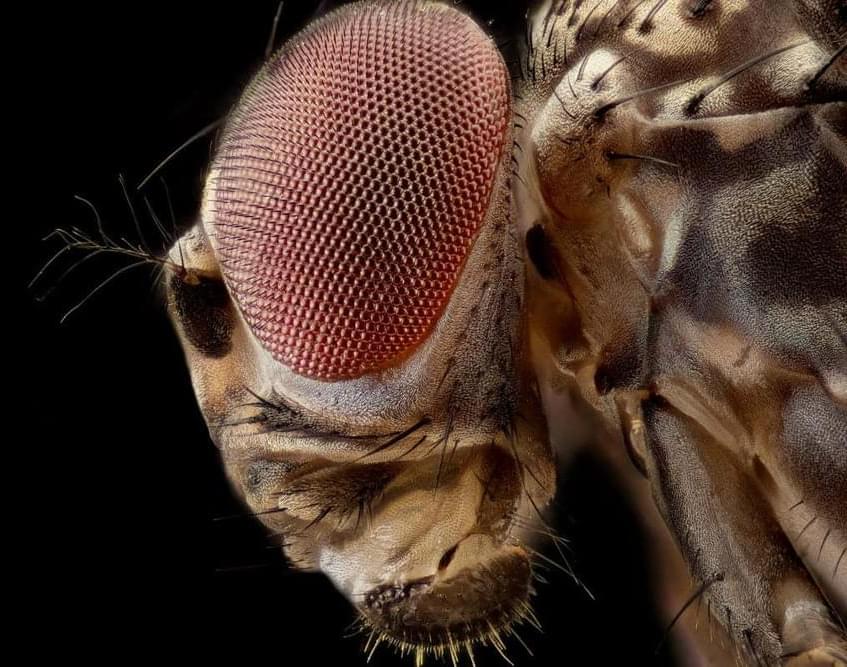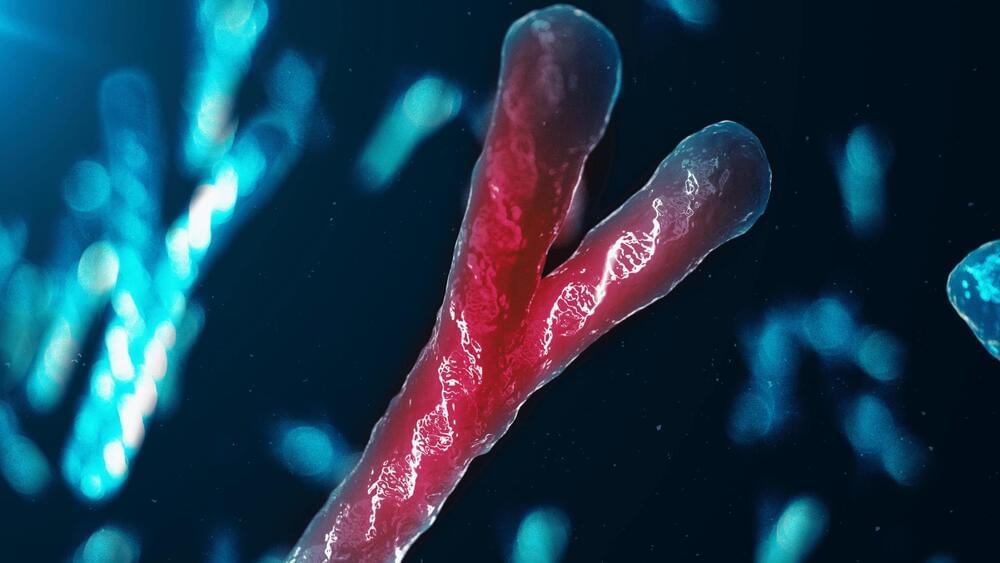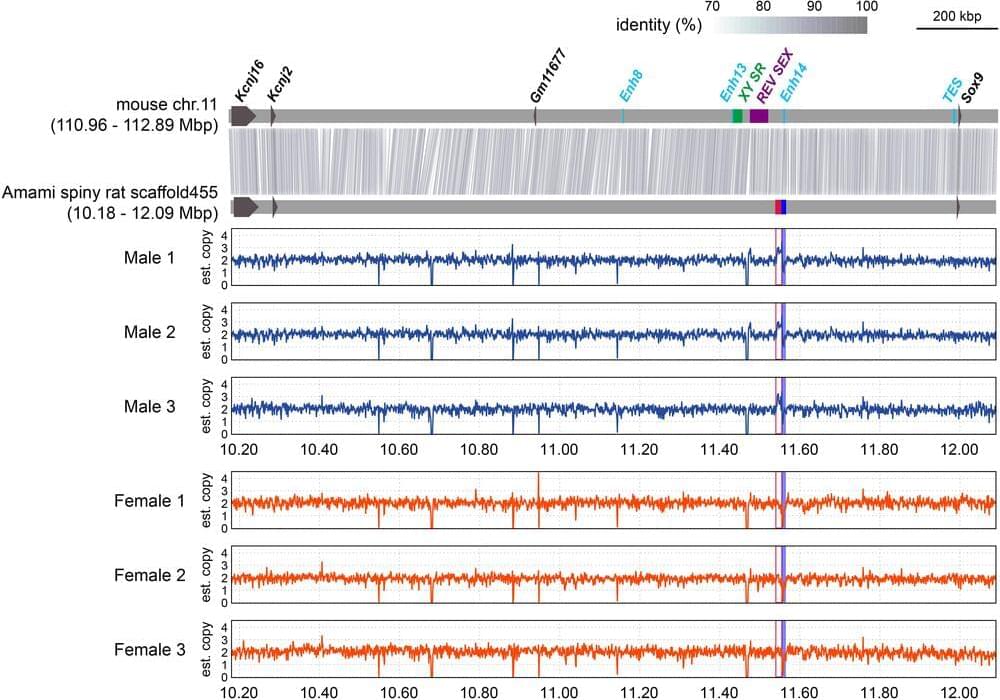Dec 26, 2022
Company Installs VR-Enabled Masturbation Pod for Employees
Posted by Shane Hinshaw in categories: sex, virtual reality
A sex startup says it’s created a VR-enabled masturbation pod for companies that want to make their employees very uncomfortable, very quickly.
Stripchat, a porn site, announced in a blog post that it’s developed something it’s dubbed a “Wank Pod” to give company employees a place to engage in a little office onanism. The company even installed one in their own workplace, and plans a commercial roll out in the future.
“Each ‘Wank Pod’ is planned to come fully equipped with masturbatory accessories, including a 4K LED screen to watch VR cams boosted by Dreamcam’s technology, an Oculus Quest VR headset, lotion, tissues, and more,” the startup wrote in the announcement.

















